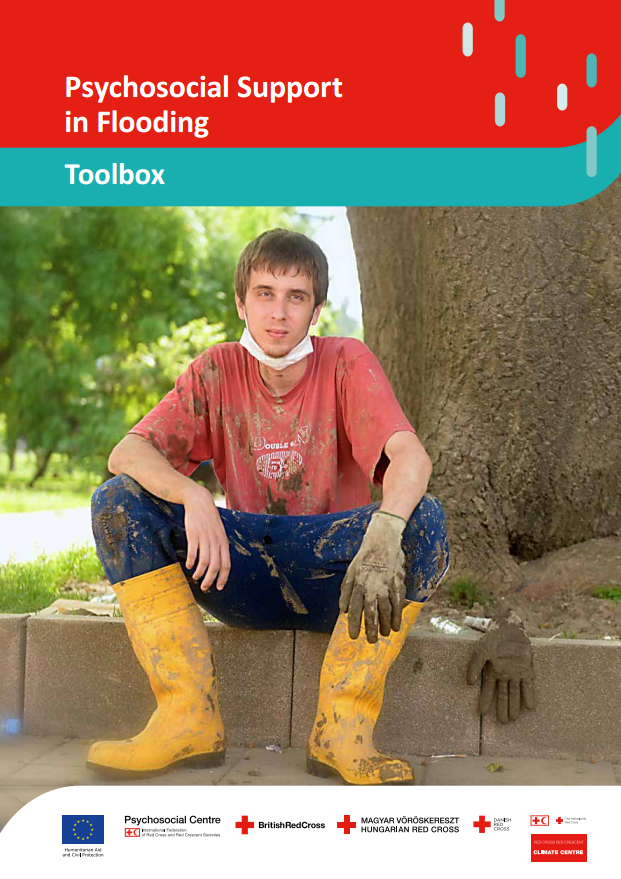Disaster prevention, education and youth, the specific case of wildfires
The prevention of destructive fires is an integral element of land-use policies and fire management strategies. Fire prevention must address a broad range of elements and sectors of society, natural resources and environmental management, land-use planning, and technology development. Fire policies and strategies vary from country to country because of the different ecosystem characteristics and the cultural, social, and economic factors involved. Successful fire prevention must address the underlying causes of wrongful application of fire and other factors responsible for an increase in detrimental fires.
United Nations Office for Disaster Risk Reduction (UNISDR)
- Publication date: 2000
- Number of pages: 21 p.

